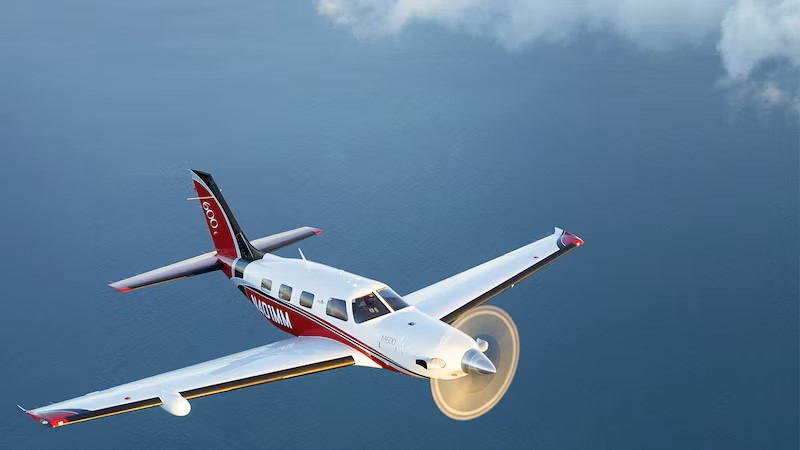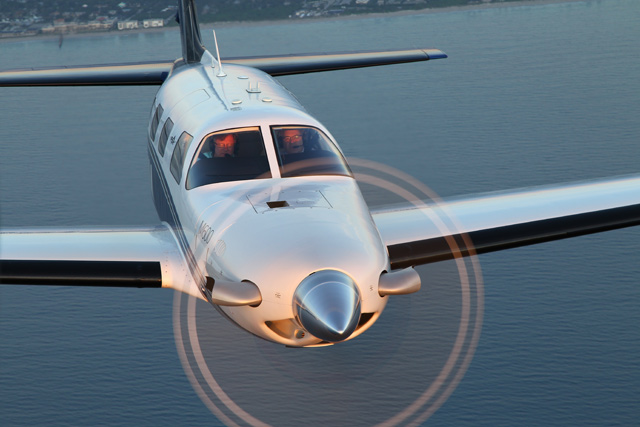Piper Aircraft’s Impact on Private and Commercial Flight
Piper Aircraft, a name synonymous with innovation and reliability, has been a cornerstone in the aviation industry for decades. Founded in 1937, Piper has consistently pushed the boundaries of aircraft design and technology, earning its place as a leader in both private and commercial aviation. This article delves into the company’s profound impact on these two sectors, exploring how Piper has revolutionized private flight and transformed the commercial aviation landscape.
Piper Aircraft: Revolutionizing Private Aviation

Piper Aircraft’s journey began with a vision to make flying accessible and enjoyable for private pilots. The company achieved this by developing aircraft that prioritized simplicity, reliability, and affordability. The Piper Cub, introduced in the late 1930s, is perhaps the most iconic example of this philosophy. Its straightforward design and ease of operation made it immensely popular among flight schools and private pilots, laying the groundwork for Piper’s enduring influence in private aviation.
As the aviation industry evolved, so did Piper’s approach to aircraft design. The introduction of the Piper Cherokee in the 1960s marked another significant milestone. By incorporating advanced materials and engineering techniques, Piper created a line of aircraft that offered greater comfort, safety, and performance. The Cherokee series became a staple for personal and training use, cementing Piper’s status as a leading manufacturer of general aviation aircraft.
Piper’s commitment to innovation continues to this day with the development of their modern fleet, including the Piper M-Class series. These aircraft feature cutting-edge avionics and powerplant technology, providing private pilots with unparalleled avionics sophistication and efficiency. By continually adapting to the needs of their customers and embracing technological advancements, Piper Aircraft has not only revolutionized private aviation but also set new standards for the future of personal flight.
Transforming the Landscape of Commercial Flights

While Piper Aircraft is predominantly known for its contributions to private aviation, its impact on commercial flight is equally noteworthy. Piper has long been a trusted partner for flight training organizations around the world, supplying durable and reliable trainers that prepare pilots for careers in commercial aviation. The Piper Seminole and Archer models are widely used in flight schools, providing aspiring commercial pilots with the foundational skills necessary for success.
Beyond pilot training, Piper’s aircraft have also found roles in niche commercial operations, such as charter services, cargo transport, and agricultural work. The Piper Navajo, with its twin-engine performance and versatility, has been particularly popular for short-haul charter flights and cargo operations. This adaptability highlights Piper’s ability to serve various commercial aviation needs, reinforcing its reputation as a manufacturer of multi-purpose aircraft.
In recent years, Piper has continued to explore new opportunities in the commercial sector, particularly in emerging markets. By focusing on regions with developing aviation infrastructures, Piper aims to supply reliable aircraft solutions that can support growing commercial demands. Through strategic partnerships and a commitment to quality, Piper Aircraft is poised to continue its legacy of transformation within the commercial aviation landscape.
Piper Aircraft’s dedication to innovation and quality has left an indelible mark on both private and commercial aviation. From pioneering accessible and reliable aircraft for private pilots to supporting the foundational training and operations of commercial aviation, Piper’s influence is undeniable. As the industry continues to evolve, Piper remains a steadfast contributor to aviation’s advancement, ever ready to adapt and redefine the standards of flight. With its rich history and future-focused approach, Piper Aircraft continues to soar, inspiring the next generation of aviators worldwide.



